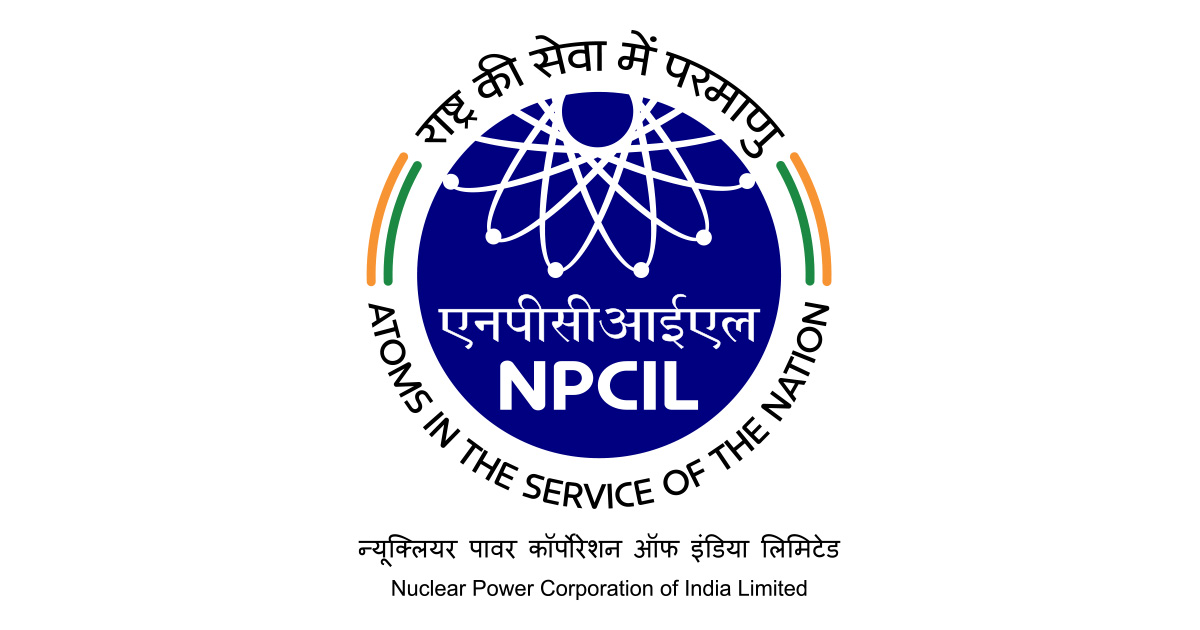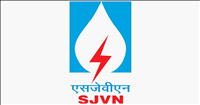N-power key to India achieving net-zero emission level: IIM report
05 Apr 2024

Decarbonisation of India’s economy to net-zero level by the year 2070 would require substantial addition of nuclear power and renewable energy generation capacity.
To achieve net-zero emission levels by 2070, the electricity sector will need to decarbonise well in advance, says a report submitted by IIM Ahmedabad.
The report titled, `Synchronising energy transitions towards possible Net-Zero for India: Affordable and clean energy for All,’ says that clean, affordable electricity at low levelised cost with a focus on nuclear power and renewable power is key to achieving net-zero production levels.
This would also require widespread electrification of end-use sectors, ie, raising the share of these sectors in total final electricity consumption (TFEC) to 47-52 per cent from 18 per cent at present.
The IIM report projects financial requirements for the transition to net-zero energy production at Rs150-200 lakh crore ($2-2.5 trillion) or Rs3-4 lakh crore ($40-50 billion) annually over the 50-year (2020-2070) period.
With concerted efforts, India’s greenhouse gas emissions can be brought down to a range between 0.56 btCO2 and 1.0 btCO2 by 2070, the report says, adding that the remaining gap in emissions will have to be offset through natural process like forestry and increased tree cover as envisaged in our Nationally Determined Contributions (NDCs).
According to the report, the transition to net-zero emission levels needs adaption of multiple technologies and pathways to production and consumption of clean energy.
Coal, however, will continue to be the mainstay of India’s power sector for the next two decades, according to the report.
The phasing down of coal will require active policies on critical minerals and decarbonisation technologies.
This would call for increased allocation of resources and coordinated efforts of various sectors, Ajay Sood, principal scientific advisor to Government of India, said at the launch of the report.
Welcoming the study on the need for India’s energy transition, Anil Kakodkar, former chairman of the Atomic Energy Commission (AEC) highlighted the need for the development of technologies for low-cost hydrogen production.
V K Saraswat, member, NITI Aayog, said the study is based on a development-led approach, adding that such a transition is also going to be expensive. He also agreed with the premise that even with increased penetration of new sources of renewable power, nuclear power will have its role as baseload energy source. He also emphasised the need for a transition from large reactors to Small Modular Reactors (SMRs), with participation of industry, to promote alternate nuclear fuel options such as Thorium to reduce dependence on uranium import.
Secretary, Department of Atomic Energy (DAE) and chairman of AEC, A K Mohanty said the country’s on-going nuclear programme aims at increasing installed nuclear power capacity by 100GW by 2047.
The report has been prepared by IIM Ahmedabad as part of a study project commissioned by the central government with part funding (one-third) from Nuclear Power Corporation of India Ltd (NPCIL).
The study was intended to assess ways of minimising the cost of power for the consumer and to find an optimum mix of power sources to achieving net-zero emission.






























